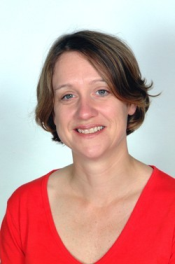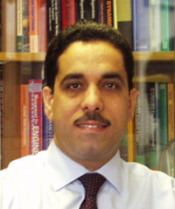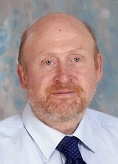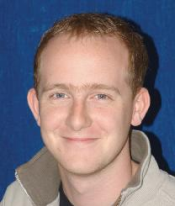
Keynote Speakers

|
Prof Alison Noble, |
Biomedical image analysis for in vivo soft tissue assessment
Medical imaging technology has come a long way in the last decade, now providing clinicians with terabytes of 2D and 3D data to interpret. Biomedical image analysis aims to extract the useful information from this wealth of data to improve clinical decision-making and therapy assessment.
This talk focuses on recent research undertaken in my laboratory in using one of the key imaging modalities used in clinical practice, ultrasound imaging, for quantitative measurement. I will present recent results on elasticity imaging for breast cancer diagnosis, fusion echocardiography for cardiac disease diagnosis and early results on analysis methods for fetal heart assessment, as well as describe some future trends in this field.

|
Prof Adel Sharif, |
Title: Simulations opportunities in membrane separation and colloidal interactions
Membrane separation has been widely used in many industrial applications ranging from water production to pharmaceutical, chemical and food processing. Membrane processes are technically simple to use but the science of some membrane processes are still not properly understood and or quantified. This is due to the complex physiochemical interactions which requires rigorous mathematical modelling and detailed experimental investigation. Multi-scale modelling strategy is required to quantify the complex interactions and solve the highly non-liner nature of some of the membrane processes. The talk will highlight the importance of membrane separation application in water purification and power generation and identify simulation opportunities, which would help to enhance our understanding and hence improving the design of these processes in order to reduce energy consumption and operating cost. The talk will also present some interesting results on multi-body interactions in colloidal system which involves the revisiting of the Like Charged Attraction phenomenon in concentrated colloidal system.

|
Professor Philip Eames |
The application of modelling and simulation in Renewable Energy Systems
An overview of the current status of renewable energy technologies is presented. Examples of the types of modelling and simulation approaches that are used to improve system designs and predict energy generation are described.
Invited Speaker

|
Mr Duncan Forgan |
"SETI: A New Monte Carlo Approach"
Abstract
The search for extraterrestrial intelligence (SETI) has been heavily influenced by solutions to the Drake Equation, which returns an integer value for the number of communicating civilisations resident in the Milky Way, and by the Fermi Paradox, glibly stated as "If they are there, where are they?" Both rely on using average values of key parameters, such as the mean signal lifetime of a communicating civilisation. A more accurate answer must take into account the distribution of stellar, planetary and biological attributes in the Galaxy, as well as the stochastic nature of evolution itself.
I will outline a method of Monte Carlo realisation which does this, allowing an estimation of the distribution of key parameters in SETI. This also allows a quantification of their uncertainties (and our level of ignorance therein). Furthermore, it provides a means for competing theories of life and intelligence to be compared on the best available playing field. I will show results from three such theories as test cases.
His research has recently been featured on the BBC News

 Tel: +44 1865.6.17690
Tel: +44 1865.6.17690 Email:
Email:  Fax: +44 1483 686584
Fax: +44 1483 686584







